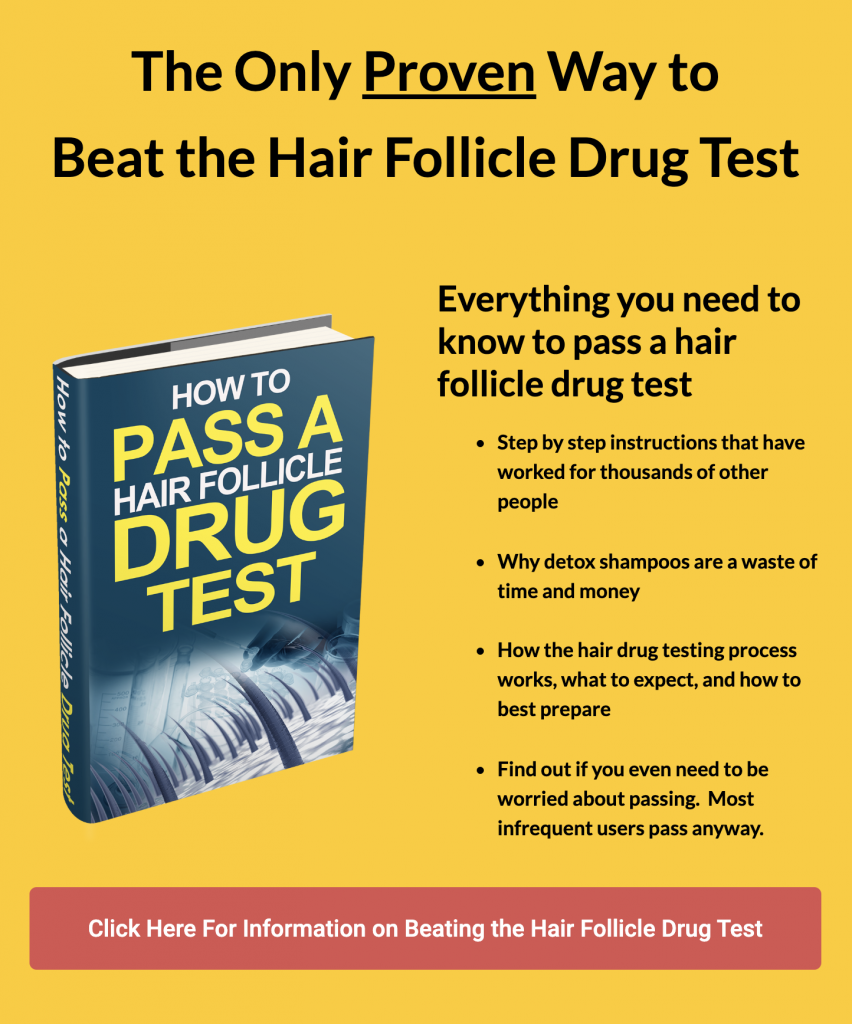Wired has a well-researched piece on the history of hair follicle drug testing worth a read.
Wired traces the hair follicle drug test back to Annette Baumgartner who was doing research on what types of chemicals people watching space shuttle flights might be exposed to. Her husband, chemist, Werner Baumgartner, realized that he could use the same testing procedures his wife had developed and test for the ingestion of various drugs.

Learn How to Pass a Hair Follicle Drug Test
There is only one hair treatment method that has consistently produced "Passes" on the hair drug test and we want to show you how you can pass your test too.
It was Mr. Baumgartner studies that eventually launched Psychemedics, one of the largest hair follicle drug testing labs in the world.
However, as early as 1985 Baumgartner’s work was being questioned. Navy chemist David Kidwell’s work showed that hair follicles could be contaminated through external exposure to drug substances.
Baumgartner, now with commercial interests in defending his findings, argued that Kidwell had not properly washed the hair according to his procedures.
Thus began a decades-long debate within the scientific community as to whether or not one can accurately derive a subject’s drug usage patterns from hair follicle drug testing.
Kidwell and other scientists argue that drugs, especially cocaine and amphetamines, can bind with melanin (the stuff that gives your hair color) in the hair from both ingestion and from external exposure.
Other researchers argue that there is simply no procedure that can eliminate all external contaminants from a hair sample and thus external exposure to drug substances can cause false positives.
Kidwell continues to defend his work on hair follicle drug testing accuracy and has testified in many lawsuits over the last few decades.
The research done by Kidwell and other scientists brings up an interesting question, if drugs bind to melanin, especially a specific type of melanin called eumelanin, and eumelanin provides black and brown pigment to the hair, skin and eyes, all hair follicle drug testing is racially biased against people with black hair.
Yet, the hair follicle drug testing industry has become a big business over the years and despite numerous studies questioning whether or not these tests are accurate, they’re still widely used in court proceedings and employment.
There is much at stake for the hair follicle drug testing industry, not just in lost business, but the billions of dollars in potential lawsuits that would surely follow if it could be proven that these companies knowingly inflated the accuracy of the tests. Anybody that has been turned down for a job, fired from a job, has been incarcerated, or lost custody of their children, due to failing a hair follicle drug test would have ground to sue.
Additionally, adding to potential damages that could be awarded, if people of African decent would be able to prove that hair follicle drug tests racially biased, and that the drug testing industry was aware this was true, the potential damages would be overwhelming.
It’s important to consider the history of hair follicle drug testing. The hair follicle drug testing industry would lead us to believe that it is incredibly accurate and that there is little dissent in the scientific community but there has long been disputes about the accuracy of the procedure.

